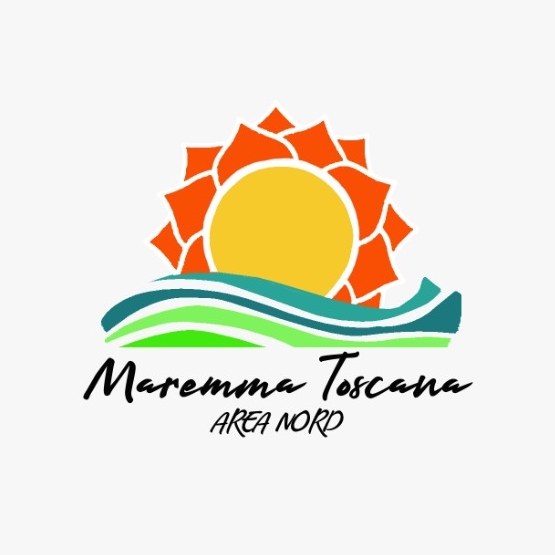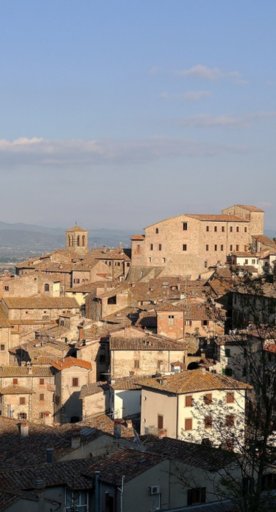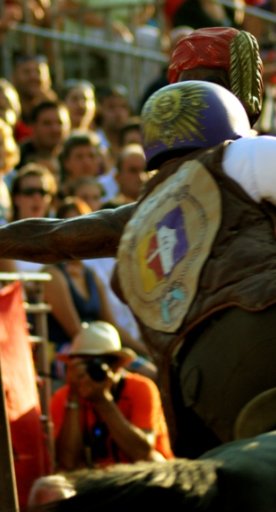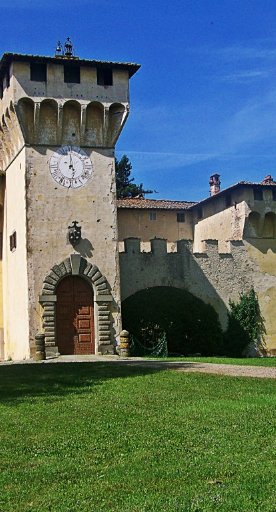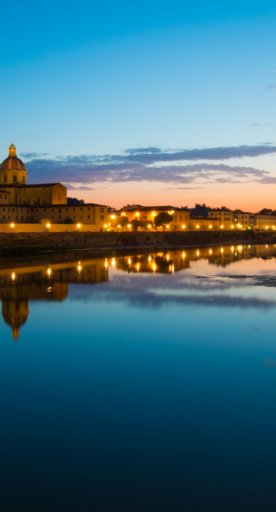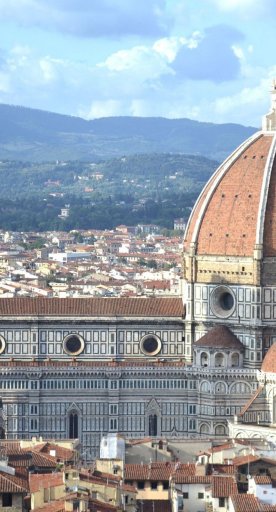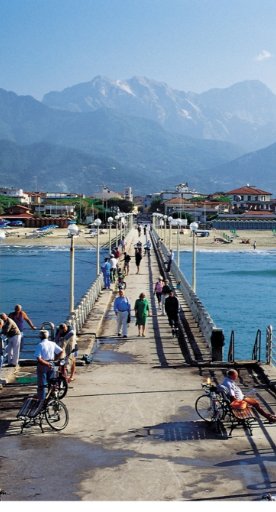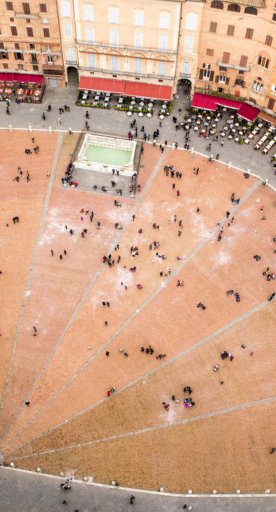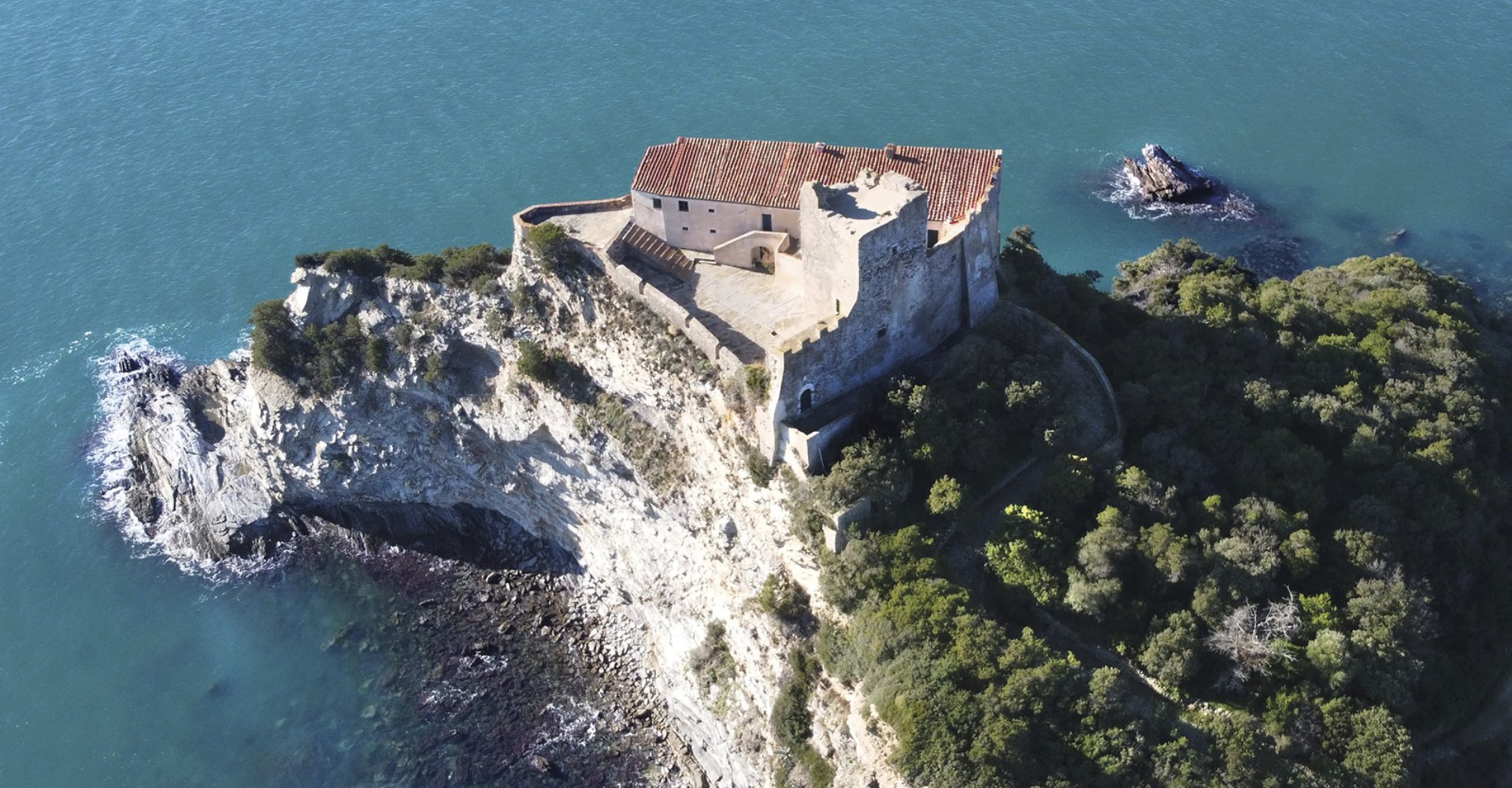
Castles and fortresses of Northern Maremma
Travel through time between historic walls and panoramic views
Northern Maremma is an area immersed between past and present, in which the history of every single village is intertwined with popular legends and long-standing traditions. Of the many places in which to savor history, surely castles are among the most important: Northern Maremma, in fact, is dotted with fortifications built in various historical periods, testifying to the territory’s immense sociopolitical vibrancy and also to its historical importance.
Castles served both to defend the territory from enemy invasions and to control the activities that took place there on a daily basis. Each castle has its own story to tell, inextricably linked to the past and representing one of the most vivid testimonies to the passage of time.
-
1.Sienese Fort and Candlestick Tower in Massa Marittima
-
2.Fort of Rocchette in Castiglione della Pescaia
-
3.Castel di Pietra in Gavorrano
-
4.Castle of Sassoforte in Roccastrada
-
5.Aragonese Castle in Castiglione della Pescaia
-
6.Castle of Valle in Follonica
-
7.Fortress of Alberti in Monterotondo Marittimo
Sienese Fort and Candlestick Tower in Massa Marittima

The Candlestick Tower is located in the upper part of the historic center, in the Cittanova district, and is a massive tower of about 24 meters, built in 1228 to assert the authority of the municipality of Massa Marittima. The tower’s name comes from the custom of always keeping a fire burning at the top of it that made it resemble a huge candle. The tower is a key part of the museum network of Massa Marittima and is, in addition, one of the city’s most famous scenic spots.
The Sienese Fort is part of the same architectural complex of which the Candlestick Tower is also a part; however, the Fort was built later, after the conquest of Massa Marittima by Siena in 1335. The Sienese, in order to better control the newly conquered city, built the fortress to connect Monteregio Castle to the existing walls and created an arch-bridge to join the Candlestick Tower to the new walls. Thanks to this work of military engineering, it is now possible to admire a double travertine wall, at the ends of which stand two towers and bastions. The area is now used to host events, demonstrations, concerts and plays.
Fort of Rocchette in Castiglione della Pescaia
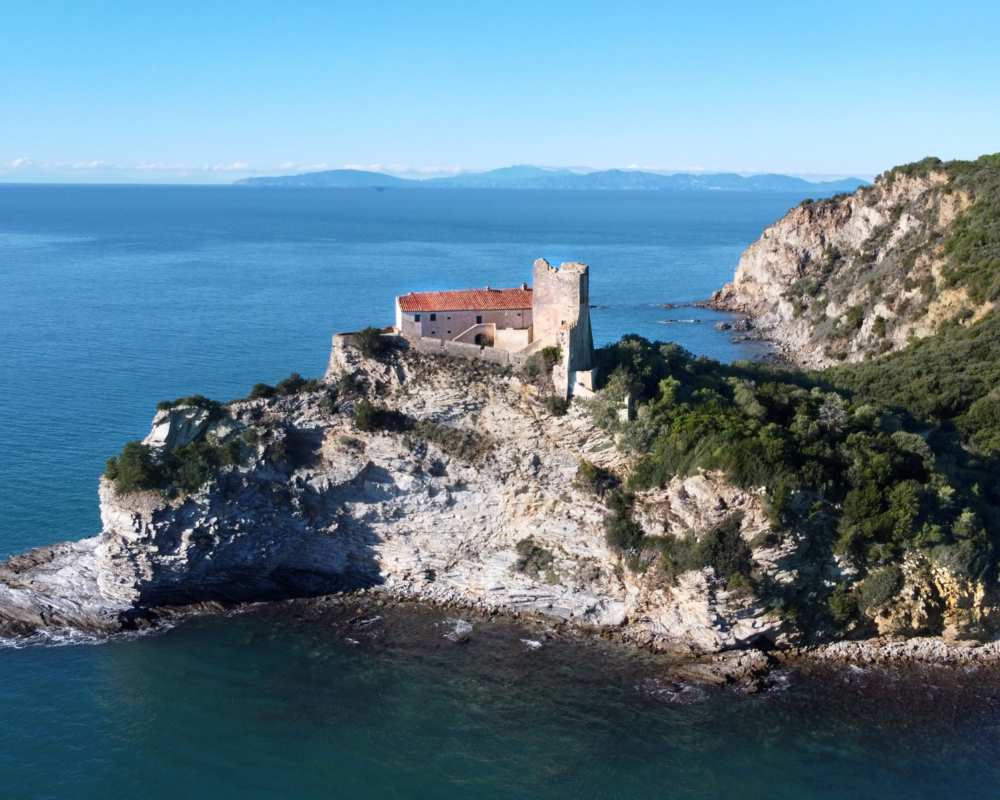
Fort of Rocchette is a large architectural complex built around the 12th century that dominated an area on which, at the time, there was a port. Throughout the Middle Ages the structure remained relatively small, until it was significantly fortified in the 16th century at the behest of Cosimo I de' Medici in order to make the Grand Duchy of Tuscany’s defense system along the coast more effective.
During the 18th century, however, the complex was expanded with the construction of the “Chapel of the Madonna del Carmine delle Rocchette”, replacing a small parish church built in medieval times. The structure was then decommissioned after its annexation to the Kingdom of Italy, when it first became a lighthouse and then, in the last century, was sold to private citizens.
Castel di Pietra in Gavorrano
Built during the Late Middle Ages on the top of a cliff to dominate the plain of Grosseto and the Metalliferous Hills, Castel di Pietra (Castle of Rock) in Gavorrano has always been of strategic importance for all the noble families who inhabited it. Thanks to an archaeological excavation carried out between 1997 and 2007, it was possible to bring to light some characteristic elements, such as the walls and the remains of a small tower, the main core of the entire structure.
Castle of Sassoforte in Roccastrada
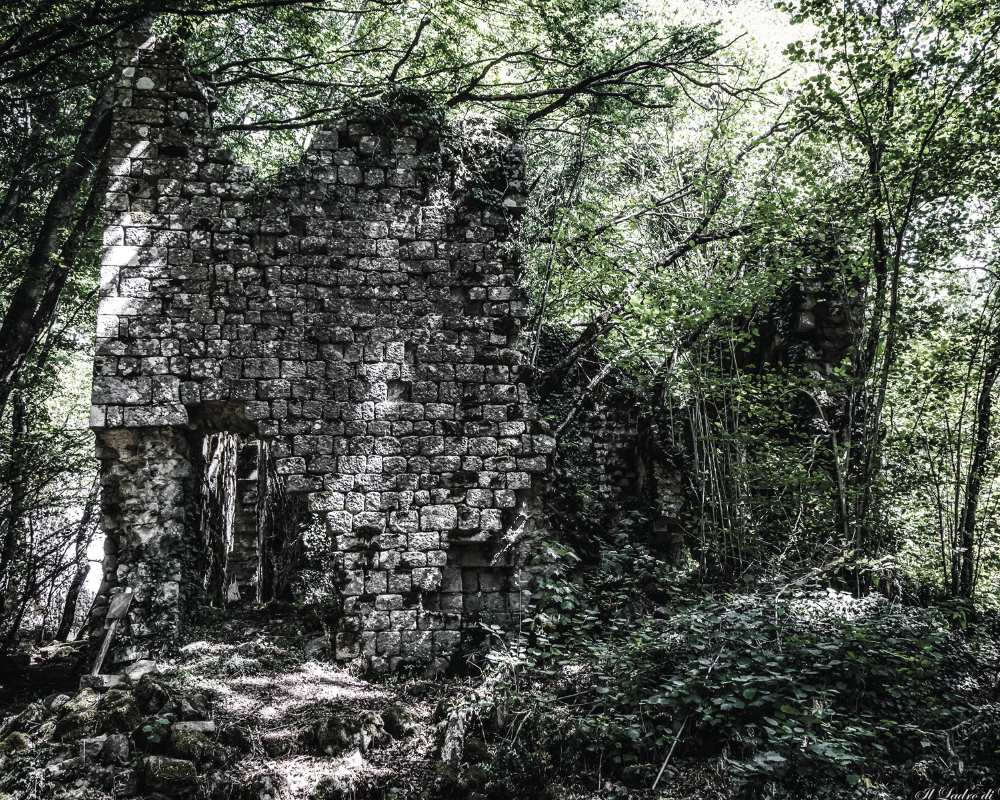
Castle of Sassoforte, located on the massif of the same name overlooking the small towns of Sassofortino and Roccatederighi, arose in medieval times as a possession of the Aldobrandeschi family and served as a fortification to control the territory. In the first half of the 14th century, the castle came under the control of Siena, who transformed it into a small village. From the 15th century, however, the castle began to gradually lose importance until it was abandoned and reduced to ruins. To this day it is possible to admire several medieval ruins, including the imposing walls that remind us of the importance this castle held during the Middle Ages.
Aragonese Castle in Castiglione della Pescaia

The Castle or Fortress of Castiglione della Pescaia is located on the top of the hill overlooking the sea, in the highest section of the medieval town center. The Castle consists of three towers arranged to form a triangle and a large inner court. The oldest and most representative core is definitely the Pisan Tower to the east.
Currently, the building is privately owned and, therefore, difficult to visit. However, it is worth reaching because, thanks to its elevated position, it offers a splendid view of the panorama below. The castle, with its powerful and characteristic structure, turns out to be the starting point for a visit in the alleys of the old town to admire not only the views, but also some historical buildings such as: the Urbica Gate, the Church of the Madonna del Giglio, the Clock Tower and the Centurioni Palace.
Castle of Valle in Follonica
The Castle of Valle, located in the municipality of Follonica, is a complex dating back to the 9th century, founded as the summer residence of the bishops of Lucca. Of particular architectural significance today, it is possible to admire the imposing ruins of the tower and the walls entirely covered in stone filaretto. Around the tower, perfectly preserved stone buildings in neo-medieval style are arranged. Thanks to its location, looking out from where the castle stands, it is possible to admire the beautiful panorama of the Tuscan Maremma. Moreover, its location allows you to visit and immerse yourself in the nature below, combining art and adventure, culture and discovery.
Currently, the castle cannot be visited; however, it is possible to discover its surroundings thanks to an easy 5-kilometer route that has the Castle of Valle as its core.
Fortress of Alberti in Monterotondo Marittimo
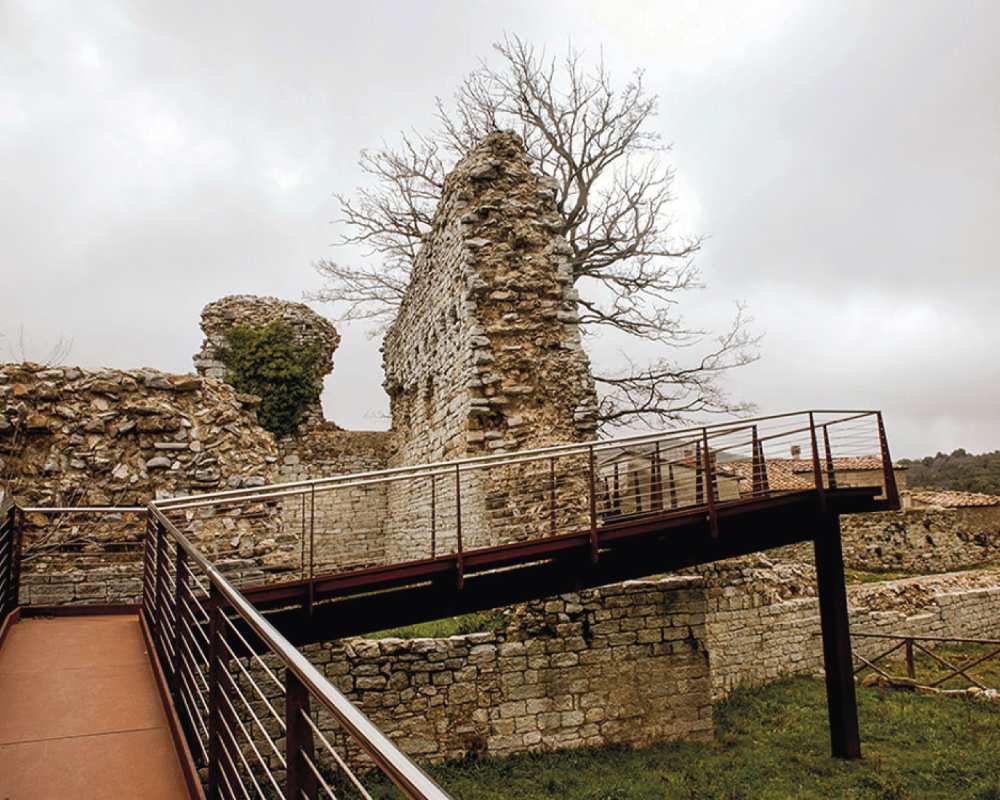
Another structure not to be missed is the Fortress of Alberti in Monterotondo. In the heart of the Metalliferous Hills and on the border with the province of Pisa, the Fortress of Alberti represents a strong testimony to the town’s medieval past. The structure, of which few traces remain today, is set in the context of the public park; while many traces of the town’s walls and medieval past have been incorporated into the urban fabric of the village.
